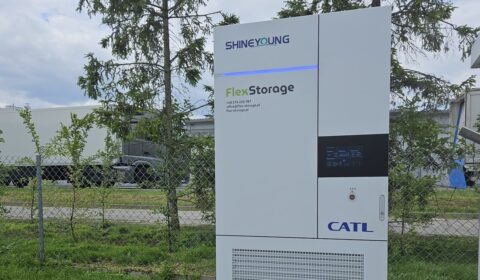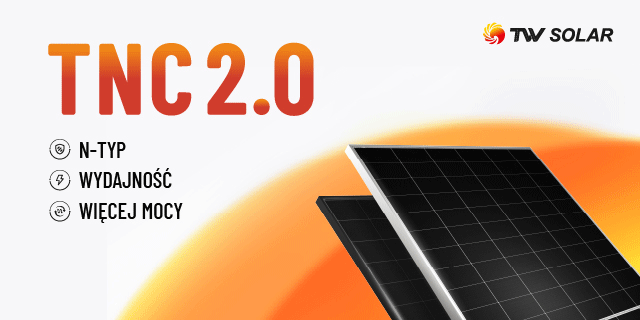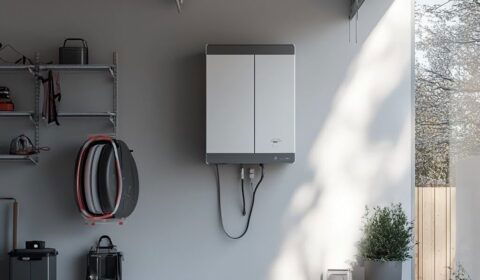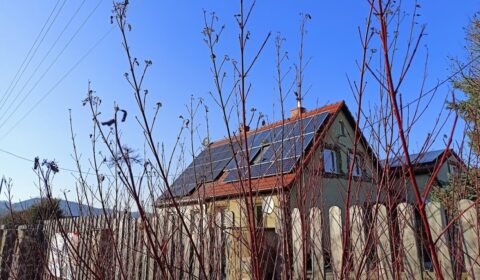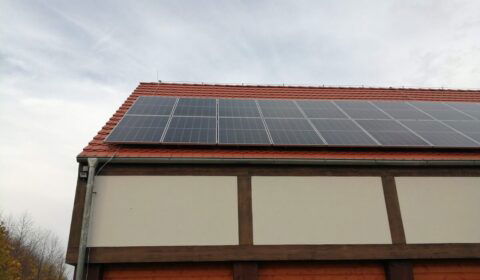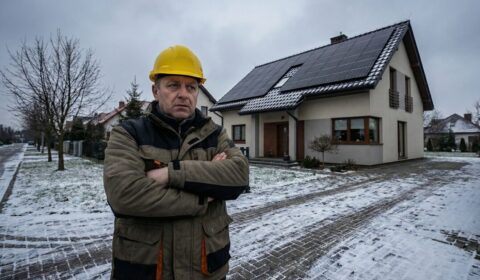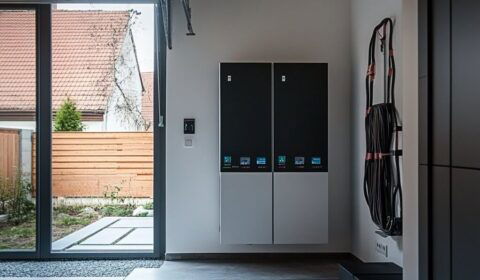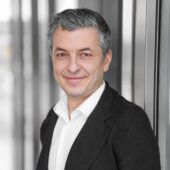Niemcy Energiewende
But if the government is to achieve its goal of raising the share of renewable energy in the power mix to 65% by 2030, then Germany “will also need faster expansion further out”, the MP for chancellor Angela Merkel’s Christian Democrats told a conference in Berlin.
He acknowledged that Berlin’s clean energy growth plan faces some local resistance to some projects as well as to needed grid infrastructure expansion between north and south.
The 2030 goal would become more feasible as power line networks improved and as the last nuclear power plants closed, freeing up transmission capacity, he added.
Last year renewables met 36% of German electricity. The country is due to close the last of its nuclear reactors by 2022 and is supposed to complete long-distance cables across the country by 2025.
Far off target
The government is poised to negotiate proposed energy reforms with the parliament’s upper house, the Bundesrat, including plans to tender for additional onshore wind and solar between 2019 and 2021.
These investments would temporarily add around 2.6 GW annually to a roughly 5 GW per year gross rate of investment in the technologies.
Taken together, the government’s proposals would fall radically short of delivering the coalition’s clean power target for 2030, said Julia Verlinden, a Green parliamentarian focussed on energy policy.
Expert advice presented to the parliament’s economy committee this week suggested the reforms would not even close half the present gap with the target, Verlinden said.
“And that is under the most optimistic assumptions,” she added.
The retirement of aging clean power infrastructure next decade, a potential rise in power demand and the possibility that not all proposed clean energy projects will be completed could all counteract the present rate of clean power growth.




















